
Browse an alphabetical list of photographs. These historical images portray people, places, and events before, during, and after World War II and the Holocaust.
<< Previous | Displaying results 1101-1110 of 2641 for "Photo" | Next >>
Germans guard prisoners in the Rovno camp for Soviet prisoners of war. Rovno, Poland, after June 22, 1941. Second only to the Jews, Soviet prisoners of war were the largest group of victims of Nazi racial policy.
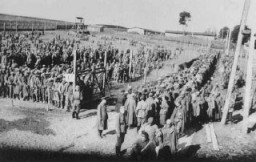
Germans listen to an antisemitic speech by Hitler. Josef Goebbels, minister of propaganda, encouraged every family to acquire a radio. Germany, January 30, 1937.
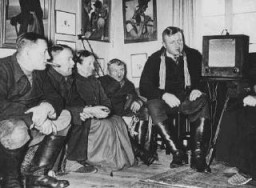
German personnel on Grzybowska Street arrest and search Jewish men who supposedly hid weapons prior to the German occupation of Warsaw. Warsaw, Poland, October-December 1939. This is one of a series of photos taken by Arthur Grimm, an SS propaganda company photographer, documenting the investigative work of the Sicherheitsdienst (SD) in occupied Warsaw for the Berliner Illustrierte Zeitung. Although only some of the photos were published, it is likely that the incidents depicted in the BIZ were staged…
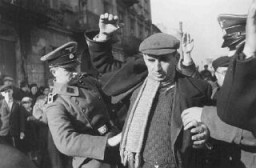
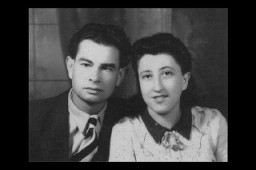
A building in Rome, Italy, used as Gestapo (secret state police) headquarters during the German occupation. This photograph was taken after US forces liberated the city. Rome, Italy, June 1944.
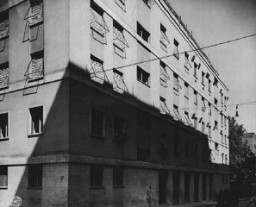
Gilbert and Eleanor Kraus (seated in the center, next to the ship's captain) pose with the 50 Austrian Jewish children they brought to the United States. Photograph taken in June 1939. All the children rescued by the Krauses were from families that had previously tried to escape Nazi territory. After the children arrived in the United States, they were sent to live with foster families until their parents were able to immigrate. However, many were never reunited with their families.
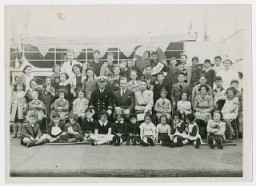
Girls in a sewing class at the Adas Israel school, maintained by the German Jewish community. Berlin, Germany, 1930s.
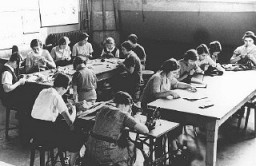
Graduates of the Piotrkow Trybunalski Hebrew Gymnasium (Jewish high school). Piotrkow Trybunalski, Poland, 1929.
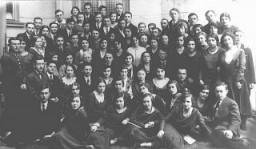
Blanka (middle row, third from right) graduates to become a pediatric nurse. December 1947.
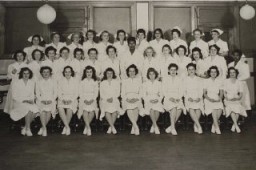
Siegfried Graetschus (right) and an unidentified man stand in front of Grafeneck, the first killing center established under Aktion T4 (the Nazi Euthanasia Program). Before joining the T4 program, Graetschus worked at the Sachsenhausen concentration camp. Photo dated early 1940.
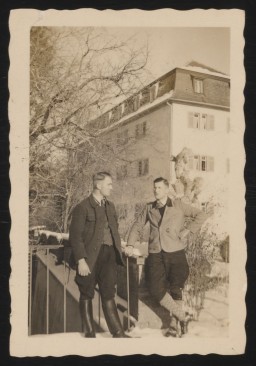
We would like to thank Crown Family Philanthropies, Abe and Ida Cooper Foundation, the Claims Conference, EVZ, and BMF for supporting the ongoing work to create content and resources for the Holocaust Encyclopedia. View the list of donor acknowledgement.